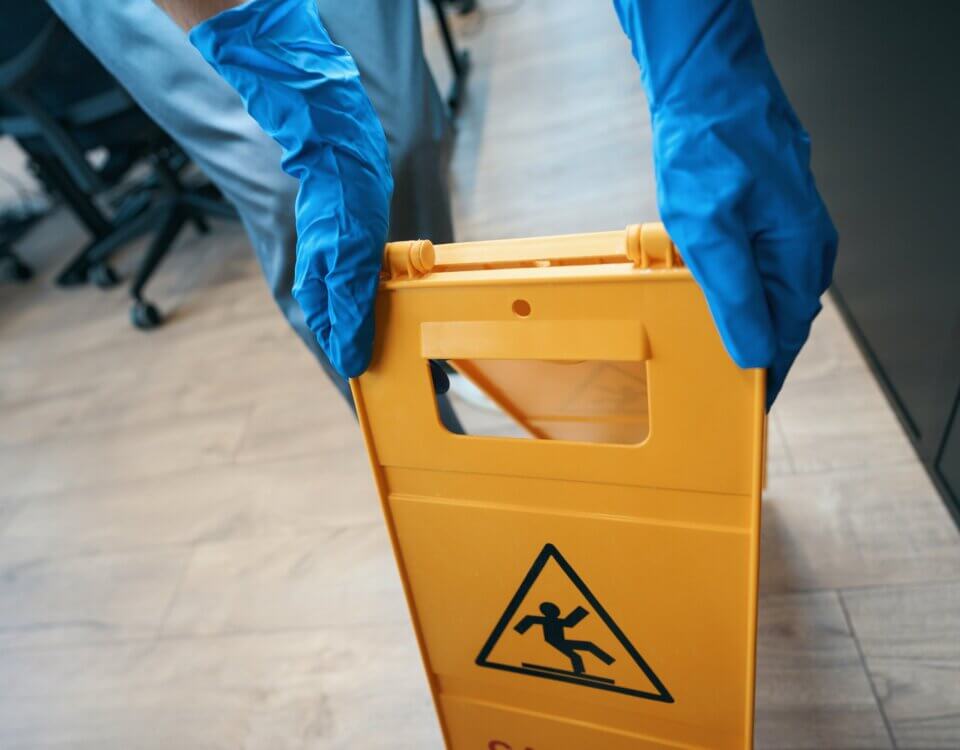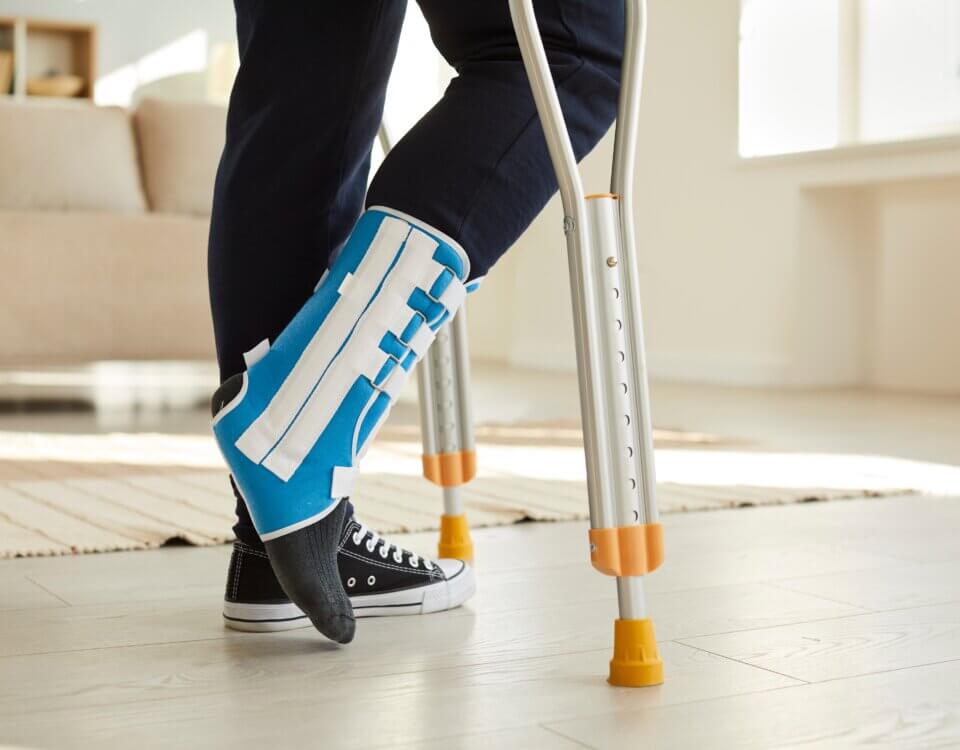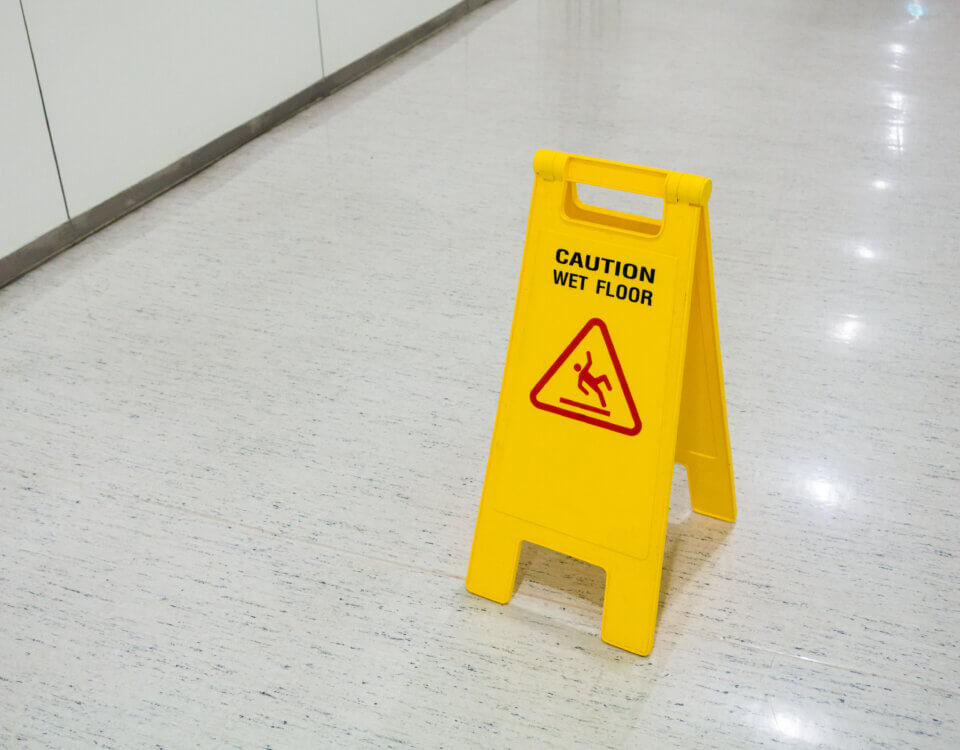A fall down stairs can lead to a wide range of injuries from minor bruises to life-altering trauma. Hillstone Law understands how devastating these incidents can be, both physically and financially. Below are the ten most common injuries people suffer in stairway falls, how they manifest, and what recovery might involve.
Minor but Painful Injuries
Sprains and Strains
Twisting or overextending joints during a fall often causes damage to ligaments or muscles. Ankle, knee, wrist, or back sprains and strains are common. Symptoms include pain, swelling, and limited mobility. Without treatment, they can lead to chronic instability or lingering discomfort.
Soft Tissue Damage
This includes injuries to muscles, tendons, and ligaments. Examples are whiplash, muscle bruises, and ligament tears. A sudden jolt or impact causes swelling, stiffness, and pain. Healing often involves rest, ice, compression, elevation, and sometimes physical therapy.
Cuts and Bruises
Contact with hard stair edges, step surfaces, or railings can lead to lacerations, abrasions, or deep bruises. These injuries vary in severity from shallow scrapes to serious wounds requiring stitches. They often cause visible marks, pain, and can become infected if not properly cleaned and treated.
More Serious Injuries
Fractures and Broken Bones
High-impact stair falls frequently result in bones breaking. Common locations are arms, legs, ankles, and ribs. Factors such as the height of the fall and the way you land affect severity. Elderly people are particularly vulnerable, especially those with conditions like osteoporosis. Some fractures require surgery and long recovery.
Head Trauma
Falls often cause head and neck injuries. These include concussions and more serious traumatic brain injuries. A blow to the head may also lead to skull fractures or facial injuries. Consequences can be mild such as dizziness or headache, or severe such as cognitive impairment or long-term disability.
Spinal Cord and Back Injuries
Impact on the spine or back during a fall may lead to herniated discs, vertebral fractures, nerve damage, or in extreme cases paralysis. Back injuries can impair movement, cause chronic pain, and require extensive medical and rehabilitative care.
Knee Damage
The knees often bear a lot of force or twist awkwardly in stair falls. Injuries include torn ligaments like ACL or MCL, cartilage damage, meniscal tears, dislocations, or fractures of the kneecap. Recovery may involve surgery, bracing, therapy, and possibly long periods of immobility.
Nerve Injury
Nerves may be compressed, stretched, or even severed in a stair fall. This can lead to numbness, tingling, weakness, or loss of function in affected areas. Sometimes nerve damage is noticed later, after swelling or inflammation develops.
Hip Injuries
Especially among older adults, hip injuries are a major consequence of stairway falls. Fractures of the hip such as femoral neck or socket fractures are common. These often require surgery such as hip pinning, partial or total replacement and carry risks of long recovery, loss of independence, and other serious complications.
Neck Injuries
Neck injuries range from minor soft-tissue strains to serious damage like cervical fractures or spinal cord compression. Symptoms include pain, stiffness, headaches, reduced mobility, and in severe cases may result in lasting impairment.
Why Early Action Matters
Getting medical attention right after a fall is critical. Some injuries like brain trauma or internal bleeding may not show dramatic symptoms immediately. Documenting your injuries through medical exams strengthens your record.
Hillstone Law can help identify whether hazardous conditions such as poor lighting, broken handrails, or slippery steps contributed to your fall and whether you may be entitled to compensation including medical bills, lost income, pain, and suffering.
Note: These blog posts are created solely for the use of Hillstone Law. The information is gathered from internet research, publicly available sources, and artificial intelligence (AI) tools such as ChatGPT. While we aim to share helpful and educational content, Hillstone Law does not independently verify every detail. Some information may be incomplete, outdated, or subject to change without notice. If you believe any part of a post is inaccurate, misleading, or infringes upon copyright, please contact Hillstone Law immediately so we can review it and take appropriate action, including correction or removal.
Disclaimer: The material provided in these blogs is for general informational purposes only and should not be considered legal advice. Reading these posts does not create, and is not intended to create, an attorney-client relationship with Hillstone Law. Our intent is to share knowledge, raise awareness, and provide helpful resources to the public; however, Hillstone Law makes no warranties or guarantees about the accuracy, completeness, or reliability of the information provided, and expressly disclaims liability for any actions taken in reliance on it. The photos used in these posts are for illustrative purposes only and do not depict actual clients, individuals, or incidents unless expressly stated. If you or a loved one has been injured in an accident, please contact Hillstone Law at (855) 691-1691. Our attorneys are available to answer your legal questions and help you understand your rights.







